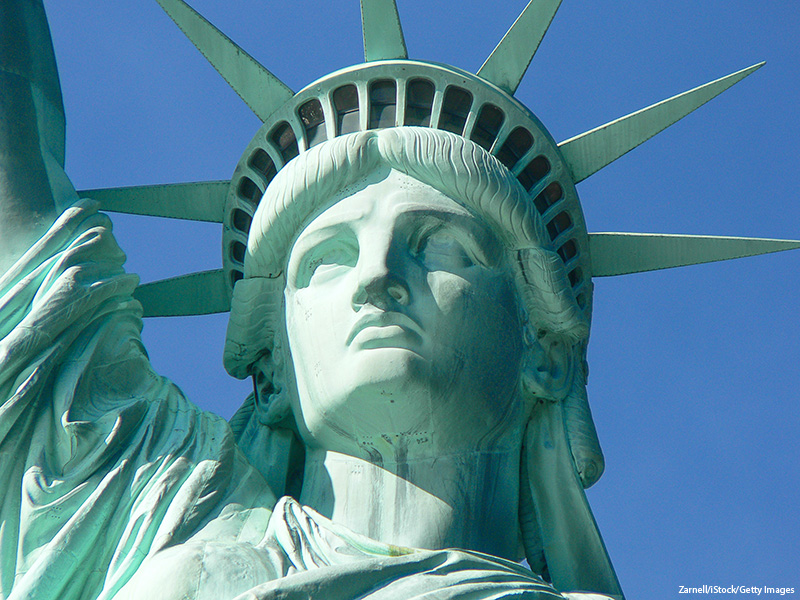Stuff YOU Should Know
Chicago Museum Highlights Native American Stories
Chicago’s Field Museum opened in 1894 and contains nearly forty million natural artifacts and specimens. Its goal is to connect visitors to the natural world and to the human story. Recently, its Native North America Hall has undergone a makeover. When the original hall was created in the 1950s, it was done so without input from any Native Americans. The new, permanent exhibit is called Native Truths: Our Voices, Our Stories. It focuses on stories and experiences told in Native American voices and from Native American perspectives. To create the exhibit, the museum relied on the guidance of an advisory council of eleven Native American scholars and museum professionals. It also partnered with 130 collaborators representing more than 100 Native American groups.
If you visit the exhibit, what can you expect to discover? One part of the exhibit is dedicated specifically to Chicago’s Native American population. The city was built on the traditional homeland of more than a dozen Native American groups. It remains home to diverse Native American communities today. Other parts of the exhibit will rotate over time to share more stories and perspectives. Some elements of the exhibit focus on history, while others are centered on issues important to Native American communities today. The exhibit also features artwork and music from contemporary Native American artists, ranging from traditional raised beadwork and basketry, to hip-hop.
What Do You Think? Debra Yepa-Pappan is the Community Engagement Coordinator for the exhibit. She says that the exhibit will hopefully allow non-Native visitors the experience of “learning from us, not just about us.” What is the difference? Why is this an important distinction?
October is National Bullying Prevention Month
October is National Bullying Prevention Month. Bullying is ongoing, unwanted, aggressive behavior by a more powerful person towards someone who is perceived as less powerful. Bullying also includes cyberbullying, which is bullying using technology (such as sending cruel text messages or posting embarrassing photos of someone to social media). Bullying has a negative impact on the mental health of victims and has been linked to causing poor academic performance, poor self-esteem, increased anxiety, increased substance use, and higher rates of suicide. It also has a negative impact on the bullies themselves. Children and teenagers who bully are more likely to get into fights, vandalize property, and drop out of school.
During the month of October, groups all over the country will host events and provide resources to prevent bullying and to promote kindness, inclusion, and acceptance. The first National Bullying Prevention Month took place in October 2006. The mission of the month-long effort is to transform society and stop bullying through education and support. Every year on the third or fourth Wednesday of October is Unity Day, when people across the country wear orange to show support for people who have been bullied and raise awareness for anti-bullying initiatives.
Dig Deeper Visit stopbullying.gov, an anti-bullying website managed by the U.S. Department of Health and Human Services. This site contains videos and other resources to help people prevent bullying. After exploring the website, create a list of at least five things that you personally can do to help prevent bullying in your school or community.

Reopening the Statue of Liberty’s Crown
There is perhaps a no more iconic symbol of the United States than the Statue of Liberty. The statue, formerly known as Liberty Enlightening the World, was a gift from the people of France to the United States. It honored the 100th anniversary of the signing of the Declaration of Independence and celebrated the close relationship between the two countries. Once it was completed, the statue was separated into 350 individual pieces and carried across the Atlantic Ocean in crates. It was dedicated in 1886 and became a national monument in 1924.
The Statue of Liberty and Ellis Island have long been one of the nation’s top tourist attractions. Since March 2020, during the COVID-19 pandemic, visitors have not been allowed to enter the statue and climb up to the observation room inside the crown. But the National Park Service has now lifted that restriction. For $24.30, visitors can take a ferry ride from New Jersey or New York to the Ellis Island National Museum of Immigration. They can then climb up inside the Statue of Liberty. To get to the top, you must climb 215 stairs up the pedestal, and then 162 more stairs to the crown. (The pedestal has an elevator option, but the crown does not.) Despite this challenge, tickets have already sold out for the entire month of October 2022.
